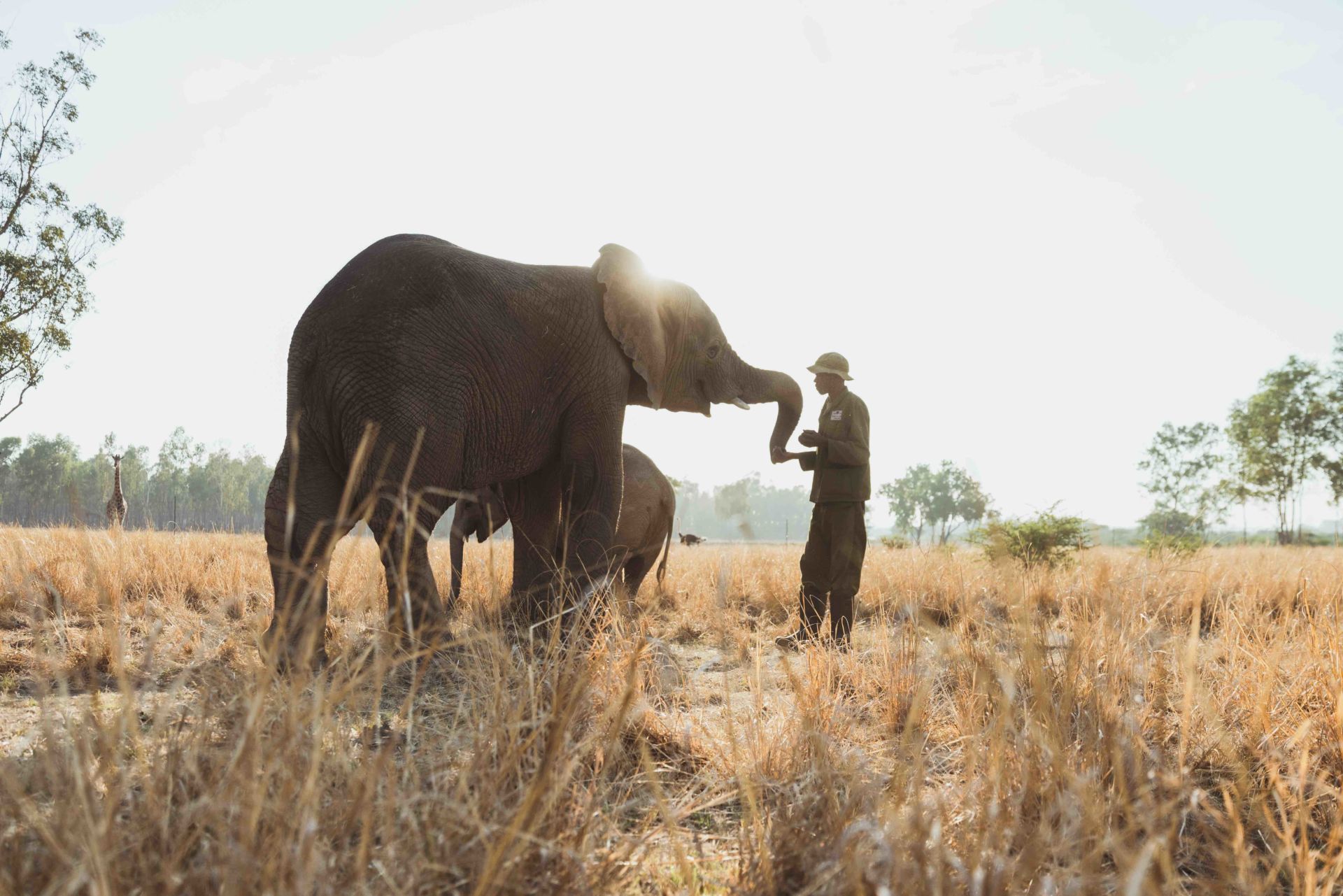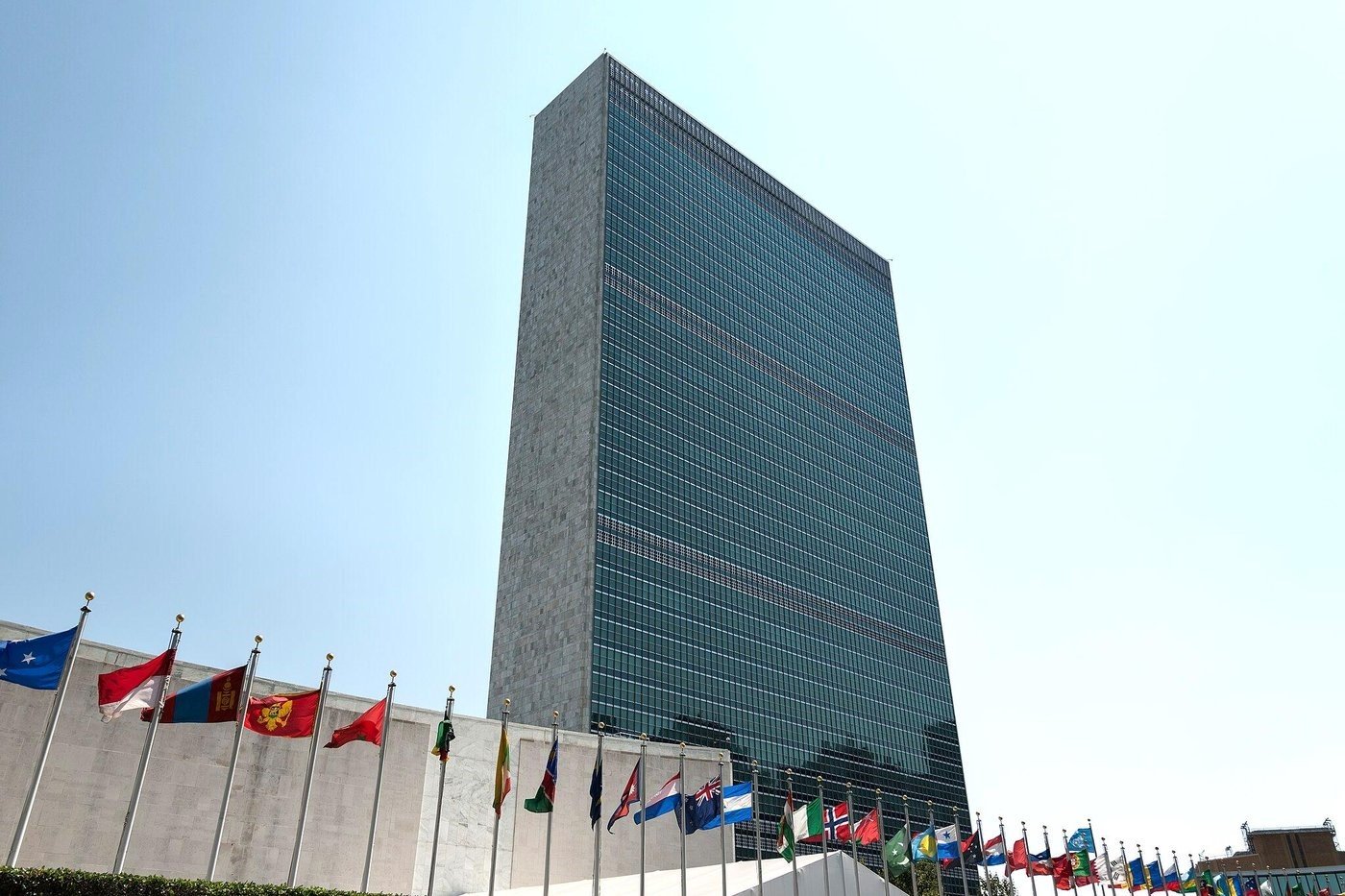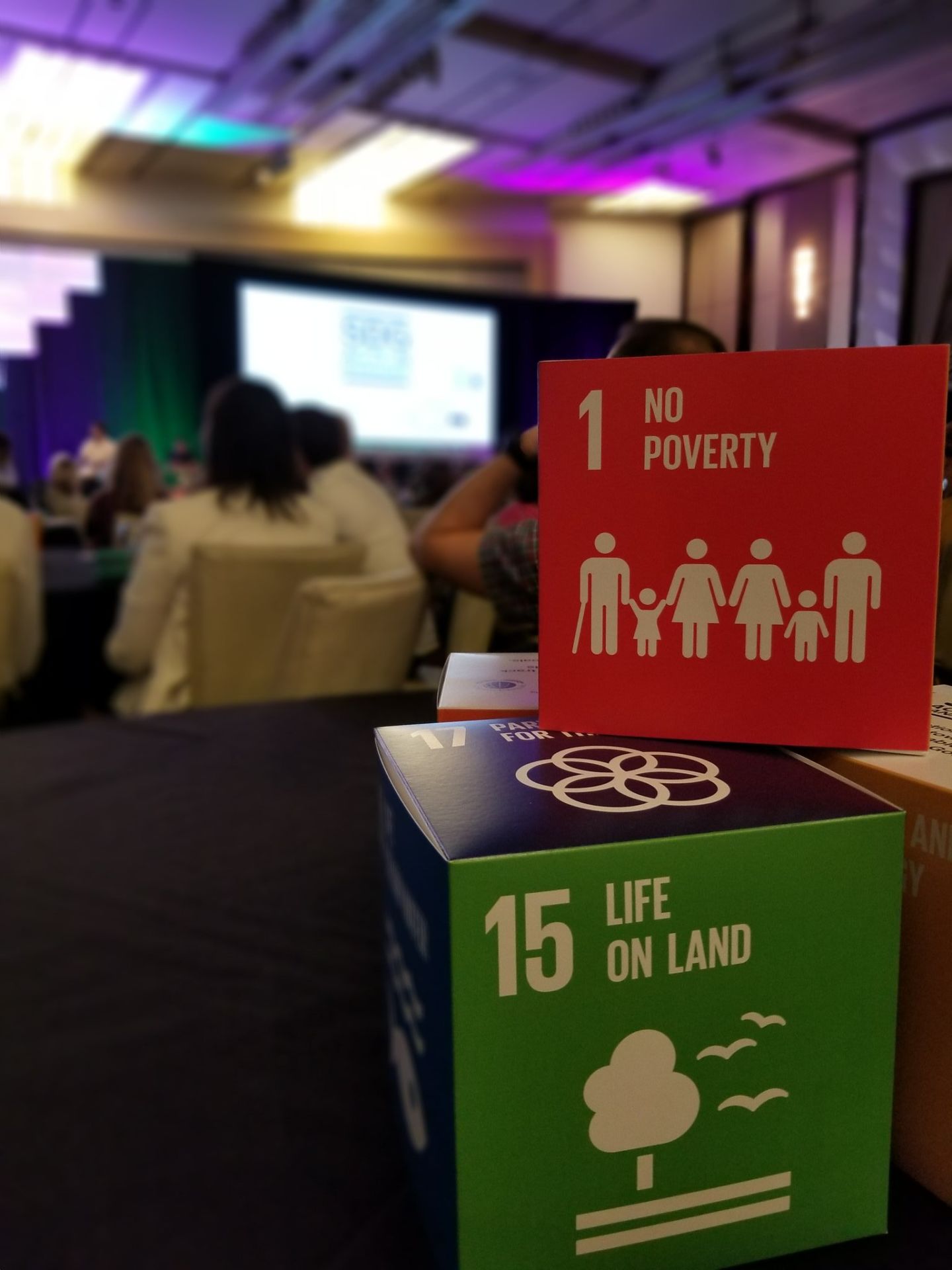Fifty years ago, activist Brian Davies founded the International Fund for Animal Welfare (IFAW) in hopes of ending the commercial hunt for seals in Canada.
Fifteen years later, in 1983 and in partnership with IFAW, Europe banned the importation of “whitecoat” Harp seal products, thus saving lives of over a million seals within that upcoming decade. The ban as it then was lasted until 2009, when it had been renewed and brought up to a degree that made any trade in seal products illegal in the European Union.
That was the result of just one of IFAW’s many campaigns that revolved around the hunt of one endangered species in Canada. What followed was the organization’s 50-year-long pursuit for tackling problems faced by other species in another 40 countries — a pursuit that is thriving with time and one that had earned IFAW the reputation of being one of the most recognized global organizations working in the spheres of animal welfare and conservation.
Most recently, the organization opened its office in Dubai, the first in the Middle East and the 16th worldwide. The person credited extensively for this progress, as well as for helping the organization open new offices on four continents, among many, many other things, is Azzedine Downes, IFAW’s current president and CEO.
After having edited an article by IFAW’s U.S. Country Director Beth Allgood earlier this year, I was presented with an opportunity to interview Mr. Downes. It was a chance that I was naturally delighted and pleased to seize.
Talking to people who already agreed with us just isn’t enough to get real results.
As I began researching and landed on IFAW website’s page about their president and CEO, I stumbled upon the following quote by Mr. Downes: “Talking to people who already agreed with us just isn’t enough to get real results.”
And this — engaging not only those who agreed, but the others, too, the “unusual suspects,” as Azzedine called them — was to remain the strategy throughout his seven years leading IFAW.
Some of those “others” included INTERPOL, with which Azzedine helped to form a first-of-its-kind partnership, as well as military intelligence officers in the U.S. and seamstresses in Malawi.
Perhaps one of his most remarkable achievements as IFAW president, already in his first year, Mr. Downes guided IFAW toward signing a “historic lease agreement with a Maasai community near Amboseli National Park in Kenya, [and] securing 16,000 acres of precious habitat for elephants.”
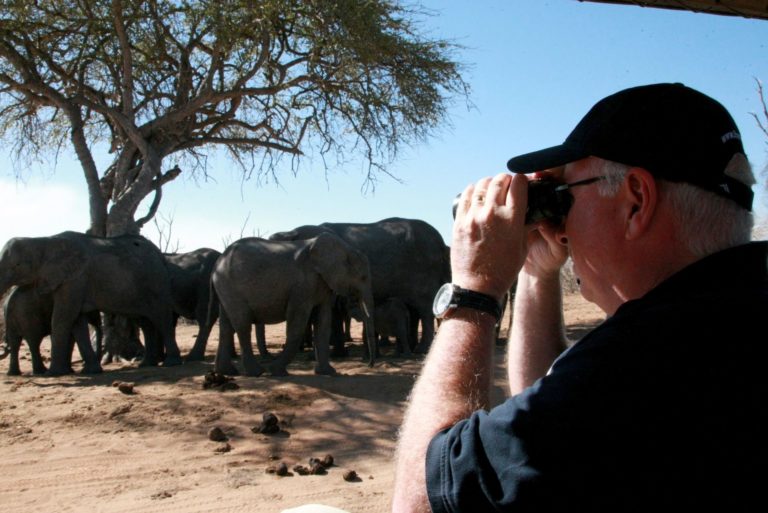
Here is what Mr. Downes, listed among the Fast Company’s “Most 100 Creative People in Business” and The NonProfit Times’ “Power and Influence Top 50,” and I spoke about:
After having earned your Bachelor of Arts in the French Language, you began your professional career as a Volunteer in the U.S. Peace Corps, teaching English and methodology/planning in Morocco. Back then, would you have imagined that, some decades later, you would be leading one of the world’s largest animal welfare and conservation organizations?
Azzedine Downes: I never planned so far ahead but always wanted to be open to new challenges. What I learned in all my travels and all the career adventures was that life can be so fragile. Living and working in places that suffer from paucity of water and loss of habitat brings the need to protect the earth into focus.
Between then and joining IFAW in 2012, you held several other positions in the U.S. Peace Corps, completed your master’s degree, and were Chief of Party for the USAID in Morocco and Israel. What made you decide to transition from these agencies to an animal welfare and conservation organization? Did any particular event play a role in motivating you to take this decision?
AD: I have always loved being outside and hiking. When living in Jerusalem I would take the family to the Dead Sea and we would hike up to Masada. I was told my little son was the youngest to climb all the way! On the way up we kept seeing these little furry creatures bouncing around on the rocks and learned that the Rock Hyrax is the closest relative of the elephant. I was astounded and when the opportunity came to join IFAW I jumped at the chance.
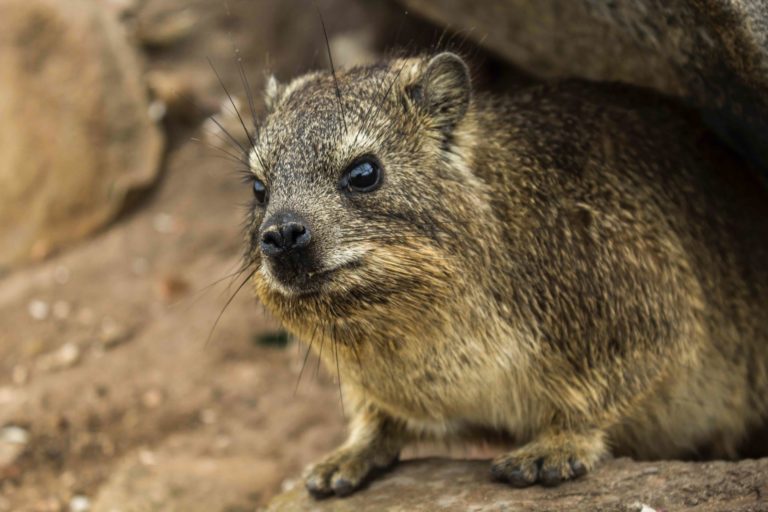
IFAW was initially founded with the goal of ending the hunt of seal. This was in 1969, when the seal population was not yet considered endangered. How has IFAW’s approach to animal welfare and conservation changed over the years? How different is it now that the number of endangered animal populations is radically more alarming?
AD: One of the biggest changes we’ve seen is essentially the notion of scale. Fifty years ago, IFAW took on one problem threatening one species in one part of the world. Since then we have taken on problems threatening more species, including our own, in over 40 countries across the globe. And our impact is bigger too. We are rescuing more animals and securing more habitats than at any other point in time. Our history is one of expanding vision. As the world evolves, so do we. Not long after we were founded, we started coupling advocacy with on-the-ground interventions.
From these interventions we later drew on our decades of grassroots activism to challenge how things are done at the highest levels of decision-making. We have joined into partnerships that have involved a historic lease with a Maasai community near Amboseli National Park to secure 16,000 acres of critical habitat for elephants to signing our first-ever Memorandum of Understanding between INTERPOL’s Environmental Crime Program, to taking an active role in international forums like the Convention on Migratory Species, the Convention on International Trade in Endangered Species of Wild Flora and Fauna (CITES). So our commitment to the urgency and breadth of this issue has not wavered — it has only expanded to cover extensive geographical areas across the globe.
A fundamental concept is that individual animals matter. That is a cornerstone of IFAW’s philosophy. Where others only work to save entire species, IFAW rescues, rehabilitates, and releases individual animals, one by one.
Because even the saving of one animal can ultimately save an entire species.
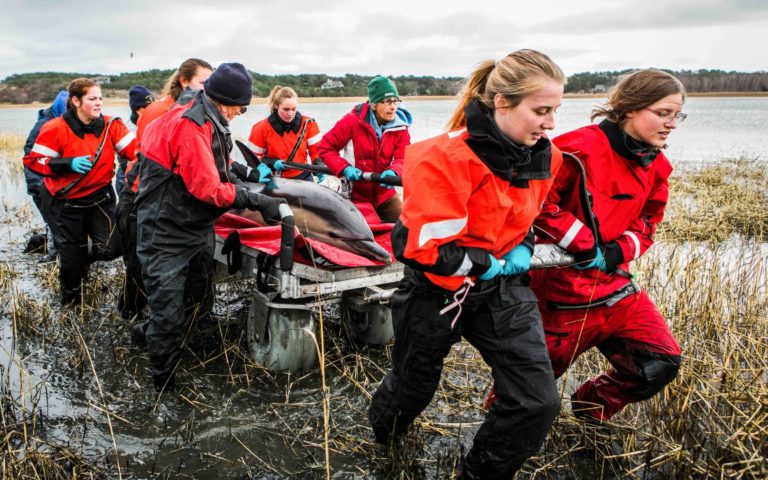
Given the enormous number of endangered animal populations and the need for immediate action, we have to ensure that we always have a view for the long-term and that we are always capable of dealing with issues on a global level with the help of the local community. Their buy-in is critical. We are one of the few animal welfare and conservation organizations in existence today that is able to be in the field, engage with the local communities, and bring these issues to the highest levels of government. Our fifty years of experience have taught us that all these elements are fundamental to long-term success from the vantage point of a single species to the richness of global biodiversity.
Have technological innovations and higher awareness on the issue affected this change in approach? If so, how?
AD: More awareness has certainly helped but social media is a two-edged sword; it is a powerful tool for social change both positive and very negative. Technology has allowed people who believe in protecting all life on earth to experience wildlife in ways that they would otherwise never experience. The reality today is that we need to share the earth and share personal space with wildlife in ways we have not had to in the past. I think about how to really revolutionize technology to move us beyond an obsessive belief that economic growth must include exploitation of all natural resources whatever the cost to life.
Moving on to the relationship between animal welfare and sustainability, why cannot sustainable development be fully achieved without integrating animal welfare in the planning?
AD: Sustainable development cannot be fully achieved without integrating animal welfare into the planning due to the immense interconnectedness of both human beings and animals. As an organization, we recognize that animals and their habitats possess intrinsic value above and beyond that which can be defined by conventional economics. From supporting communities through ecotourism to anchoring key ecosystem services such as pest control and pollination, animals are indeed critical to human wellbeing. As humanity relies more deeply on the services provided by healthy natural systems (which include animals since they affect critical issues such as food security, employment, public health, and climate mitigation), the critical and interconnected relationship between humans and nature remains evermore fundamental.
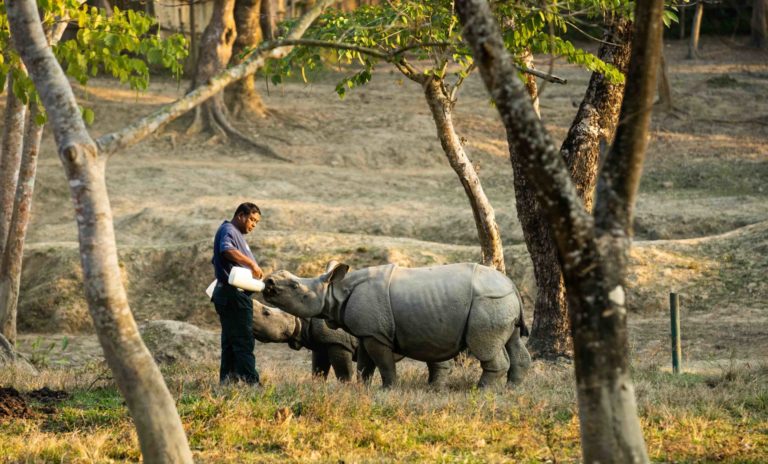
To list a few examples — animal welfare helps support long-term human health, which is integral to both the physical and psychological health of communities. This is seen through the positive effects of pet ownership on chronic illness recovery and prevention. Animals also support the livelihoods of many of the world’s poorest people who rely entirely on animals for subsistence. Animals thus often represent the single biggest store of wealth they own. Animal welfare measures not only ensure that working animals are treated humanely, they also create more value for the poor and surrounding communities who rely on them.
It is important that we realize the cascading consequences within ecosystems when wildlife populations are threatened. This turn of events can make humans far more vulnerable. Since wildlife plays a critical role in maintaining a healthy environment, the rapid decline of biodiversity has severe ecological consequences. As wildlife populations decline, all ecosystems become less resilient and are more at risk. Without resilient ecosystems, all agriculture, water management systems, and industries such as wildlife-based tourism are left significantly more vulnerable. For these reasons, among several others, integrating animal welfare into long-term development planning is critical for achieving sustainability.
As president of IFAW, you helped the organization to form a partnership with INTERPOL’s Environmental Crime Program. This cooperation directly addresses target C of SDG 15, which calls for, “Enhanc[ing] global support for efforts to combat poaching and trafficking of protected species.” Could you tell us more about this program, as well as about some of the ways in which poaching interferes with our pursuit for sustainable development?
AD: IFAW’s relationship with INTERPOL began in 2005 and has continued to grow over the years on the basis of shared goals, trust, mutual respect and responsibility. In 2013, the two organizations signed a Memorandum of Understanding, deepening our collaboration, and establishing a formal framework for cooperation, in particular on combating crime related to the illegal killing and trafficking of elephants, rhinoceroses, and tigers through regional and global operations.
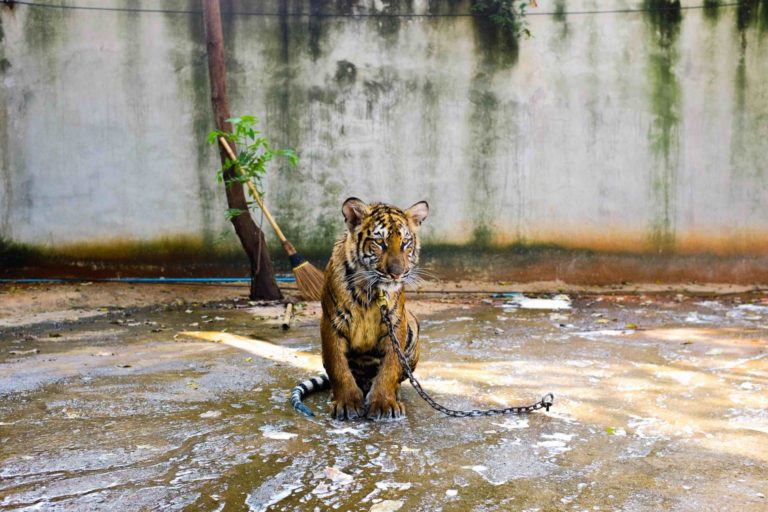
In recent years, IFAW and Interpol have also focused joint efforts on tackling wildlife cybercrime, an increasing threat to wildlife as physical marketplaces shift to online commerce. A cyber-enabled Wildlife Crime Workshop, co-hosted by INTERPOL and IFAW in June of last year, resulted in the launch of a Global Wildlife Cybercrime Action Plan, bringing together governments, the private sector, NGOs, IGOs and academia, in a cross-sector approach to address wildlife cybercrime. With input from IFAW, INTERPOL is also finalizing its Wildlife Crime Linked to the Internet Guidelines to enhance enforcement efforts.
Poaching itself violates domestic and international laws and agreements, most of which are designed with the ultimate goal of enabling sustainable use of resources, or banning utilization when that is the only truly sustainable option. This is a huge issue. Illegally taking wildlife directly undermines the premises upon which these policies are based and ultimately leads to a quicker and unsustainable depletion of resources.
Despite all global efforts, the UN claims that, “illicit poaching and trafficking of wildlife continues to thwart conservation efforts, with nearly 7,000 species of animals and plants reported in illegal trade involving 120 countries.” Do you believe that we will arrive at a point where conservation efforts will no longer be thwarted by these? Are you worried that we might not?
AD: Information and news articles abound regarding the poaching and illegal trade of large charismatic animals, such as elephants, rhinos, and tigers. However, as you note, there are thousands of others species — birds, reptiles, amphibians, fish, corals — that are impacted by this trade with devastating consequences.
Unfortunately, for lesser known species, their disappearance may go unnoticed until it is indeed too late. In these instances, illegal trade often follows a boom-and-bust cycle, whereby demand shifts as species are depleted or completely wiped out. We’ve seen this happen with regard to freshwater turtles and tortoises. Many of the Asian species have become scarce, and demand for North American species has drastically increased, leading to unsustainable levels of collection from the wild.
As long as there is demand, there will be an unscrupulous poacher or trader there to supply it.
While I’m hopeful that we will arrive at a point where conservation efforts will no longer be thwarted by poaching and illegal trade, we can only get there by ending the demand for these species and products derived from them. As long as there is demand, there will be an unscrupulous poacher or trader there to supply it.
In your opinion, have our conservation efforts been successful thus far? If not, why haven’t they?
AD: Like all movements throughout history, there are periods of progress, periods of setbacks and moments of intense uncertainty. The totality of these events ultimately defines the success or failure of the movement itself and it is the responsibility of the observer to be impartial and ultimately gauge whether or not the effort has been successful. So it is within this context that I would offer the following declaration:
Conservation, when looked at over time, cannot fundamentally be called a success.
An immediate reaction would be to oppose such a declaration. A recent Living Planet Index highlights the fact that the world is on track to lose two-thirds of its wild animal populations by the year 2020. In essence, a mass extinction destroying the natural world upon which humanity depends. This is remarkable, especially considering that the world’s 7.6 billion people represent just .01% of all living things.
Humanity has caused the loss of an estimated 83% of all wild mammals and half of all plants. No matter how noble its objectives, no endeavor can ultimately be considered a success if two-thirds of its resources are decimated. So what do we need to do? In my opinion and after decades of experience, the answer lies in this concept of community engagement, particularly the need to involve all people in the meaningful dialogue of conservation. Both those who live with wildlife and those who do not.
One of the targets for the UN SDG 15 goes as follows: “By 2030, ensure the conservation of mountain ecosystems, including their biodiversity, in order to enhance their capacity to provide benefits that are essential for sustainable development.” In brief, could you walk us through some of these benefits?
AD: Mountain ecosystems represent an absolutely critical source of freshwater for much of the world’s human population. It is estimated that roughly 10% of the global human population relies directly on mountain resources — including minerals, forests and agricultural products — and of course, there are communities including certain indigenous populations, that call mountain landscapes home. The health of these mountain communities is a fundamental component of long-term sustainability as they are influential within the cycle of resource sustainability as a whole.
Regrettably, mountain ecosystems are particularly susceptible to degradation associated with climate change, as well as environmentally destructive practices like deforestation. Much like humanity feels the effects of climate change, mountain ecosystems witness the same effects — often demonstrated by scarcity of its water resources or stresses on biodiversity with regard to flora and fauna. If the ecosystem is damaged, this will produce a reverberating effect on surrounding ecosystems as well as ultimately the biosphere of the earth.
Related Articles: Incorporating Animal Welfare Into the SDGs | Defending Wildlife: The Road to SDG 16 in Mali |
Addressing these challenges will require protection of specific resources, including water, as well as community outreach to promote alternative livelihoods and other opportunities to support the people, especially marginalized populations, who rely on mountain landscapes.
Knowing that raising awareness wasn’t enough, IFAW had “partnered with European politicians to implement a European ban on all seal products.” This ban saved the lives of more than 3.6 million seal pups. Do you think that the incorporation of animal welfare and conservation into the UN SDGs could eventually produce similar outcomes? In other words, do you believe that the SDGs targets related to animal welfare and conservation can be achieved as part of — and thanks to — this framework, or do you perhaps think that firm and concrete policies, such as the ban mentioned above, would be necessary?
AD: I think there is a case to be made that these strategies go hand in hand. While incorporating animal welfare and conservation into the SDGs is a critical step forward, it does not necessarily guarantee the near-term outcomes that more often accompany statutory or policy mandates. Implementing legal restrictions to support conservation values consistent with the SDGs in the near term allows time for attitudes, economies and norms to adapt, while also protecting resources and species from immediate threats.
Are you optimistic about the future of wildlife given the latest news about the extinction crisis the world is facing?
AD: I am optimistic. But I recognize that many are concerned because of the changes they see all around them — animals and habitats that disappear, natural disasters becoming more extreme every year. However, at IFAW, we have 50 years worth of reasons to believe it is never too late to take action. We know that every species and every habitat has the ability to bounce back, to survive and thrive. It all depends on what we do now. And, we know that we can’t do this alone.
So, I invite your readers to be an active citizen. Remember that your consumption matters — choose a few ways you can reduce plastic usage, or add a few green actions to your regular routine. Pay attention to policy — vote people into power who care about animals, people and the planet. And most importantly, open dialogues — in your communities and in your homes. Dialogue about where our world is headed, about the planet and what is happening to animals, to inform others and to spread smart thinking around what might serve as creative solutions.
Your organization is now working to decrease the perceived and actual conflicts — in both rural and urban areas — between humans and animals. How will you do it?
AD: In both rural and urban areas, IFAW, first and foremost, works to understand the nature and scope of threats and then develop strategies to address them that take both a short and long-term perspective. This is necessary to promote both the concept of sustainability as well as co-existence.
It is important to keep in mind that conflicts are most often driven by the competition for resources which manifests in competition for space, which thus fuels further intolerance for co-existence. It is also likely that humans will want to be inhabiting more and more of the same spaces with wildlife. This will result in further competition for land and resources and thus, conflict will likely increase over time.
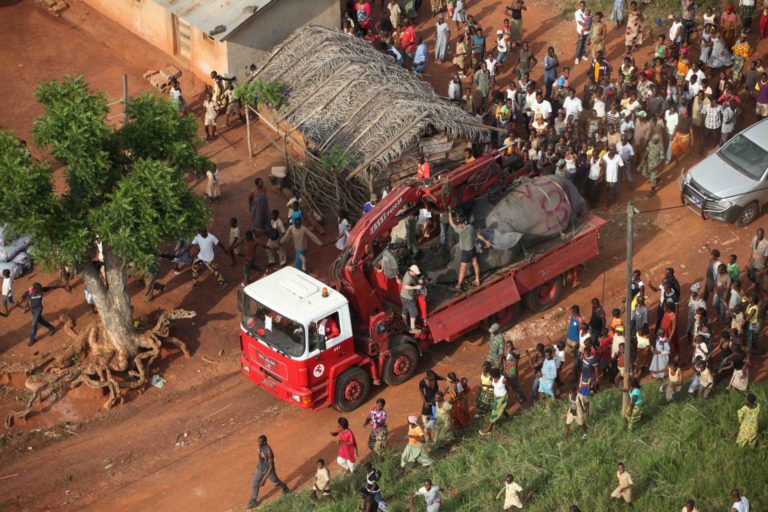
But knowing this, however, allows us to plan ahead and to come up with solutions that will benefit both animals and people. For example, we know that certain elephant populations in Africa are far more threatened by poaching for ivory, than habitat loss. Others may be more threatened by habitat loss and conflict. Some face both challenges.
We have to really understand the threats and the drivers behind them before we develop strategies, to have the impact we desire. There is no one-size-fits-all solution in conservation. We do what is necessary to have the greatest impact for wildlife.


